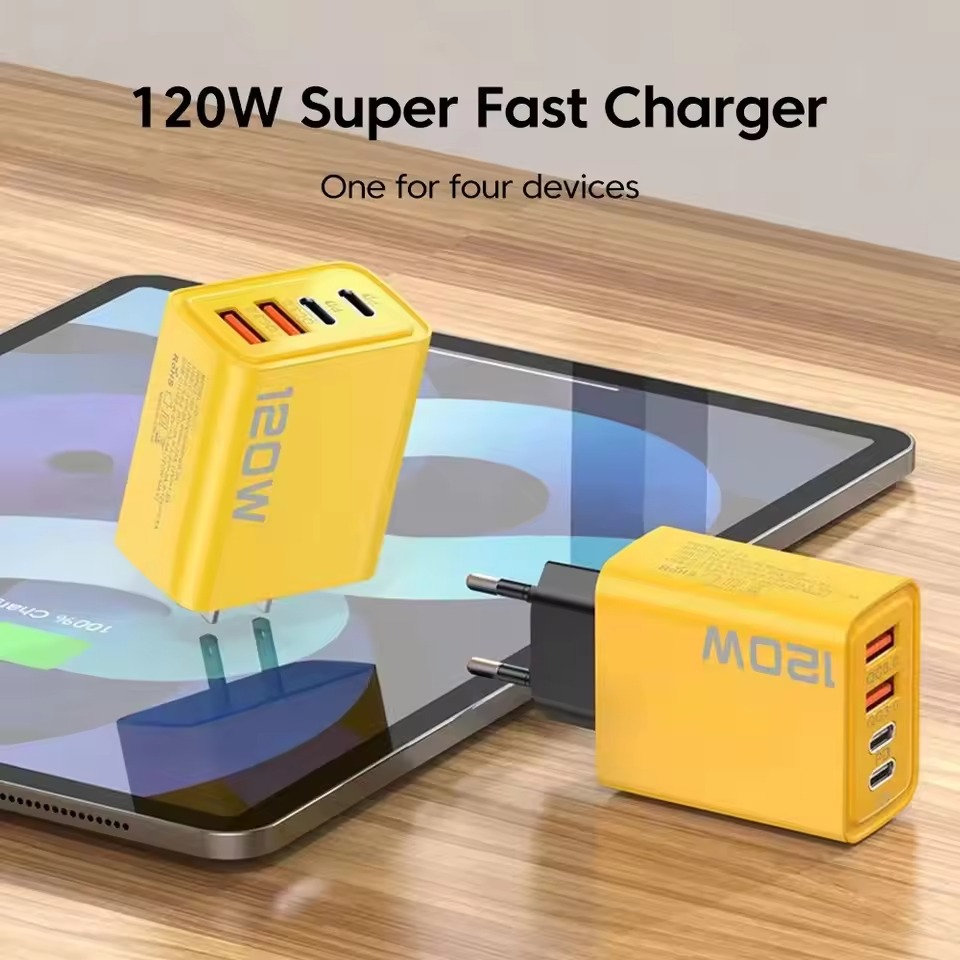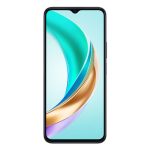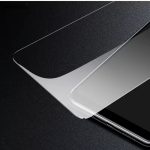Types of USB Chargers
When selecting a USB charger, understanding the different types can greatly influence your decision. Here’s a breakdown of the main types available on the market.
USB-A Chargers
USB-A chargers are the traditional type that many of us are familiar with. They feature a flat, rectangular interface that connects to many devices. Typically, they have a lower power output, making them suitable for smartphones and other small electronics. When shopping for a USB-A charger, check if it meets the charging requirements of your device.
USB-C Chargers
USB-C chargers represent the latest advancement in USB technology. They offer a reversible, more compact design which allows for faster data transfer and charging speeds. For newer devices, especially laptops and modern smartphones, a USB-C charger is often essential. Look for a USB-C charger with a sufficient power output to fast-charge your devices efficiently.
Wireless USB Chargers
Moving away from traditional cables, wireless USB chargers provide a clutter-free way of powering devices. They use a charging pad or stand that you place your device on to charge. Though convenient, their charging speed can be slower compared to wired chargers. Ensure your device is compatible with wireless charging before making a purchase. Wireless USB chargers are perfect for those who value convenience and a minimalist setup.
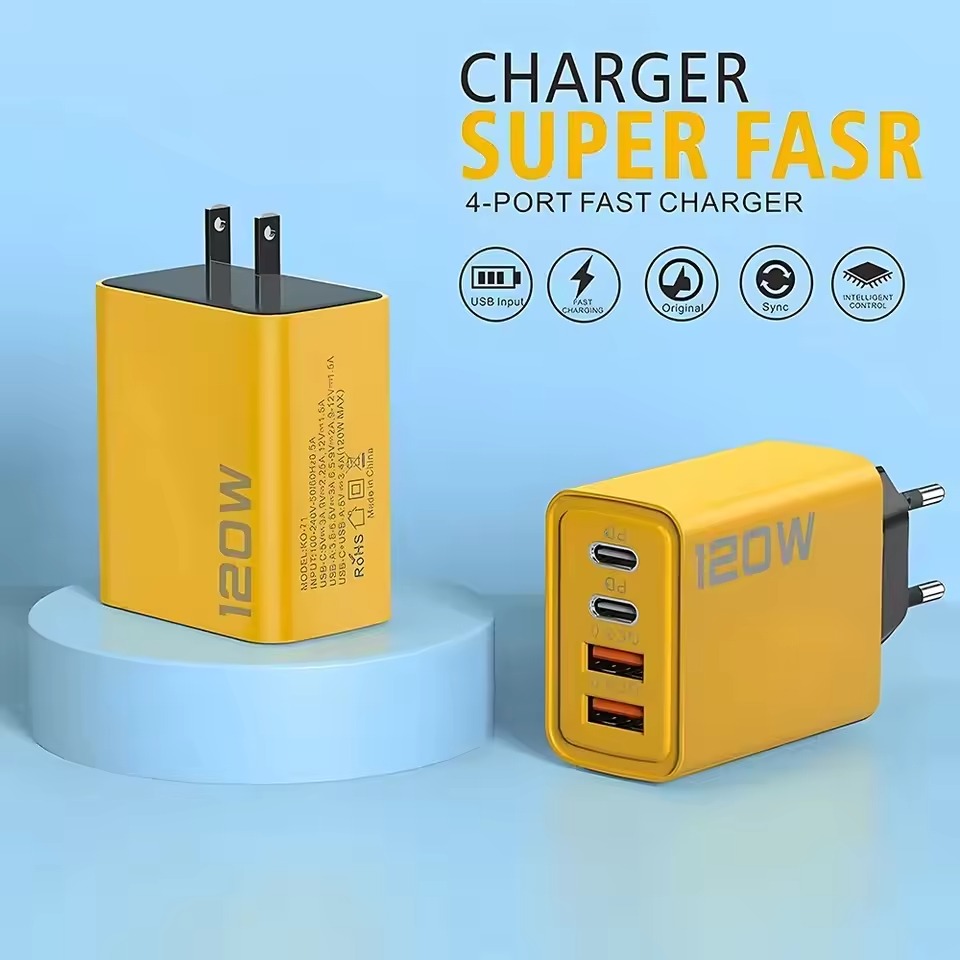
Key Specifications to Consider
When shopping for a USB charger, there are critical specifications you must look at. These specs determine the charger’s efficiency, compatibility, and usability for your devices. Below are some key features to pay attention to.
Power Output
Power output is crucial for your device’s charging speed. It’s measured in watts (W). A higher wattage means faster charging times. If you have a device that supports fast charging, opt for a charger with a power output that matches or exceeds your device’s requirements. For example, smartphones may need chargers with 10W or more, while laptops might require 30W or more.
Number of Ports
Consider the number of ports if you plan to charge multiple devices at once. Single-port chargers are compact and portable, but multi-port chargers offer more convenience. They come in various configurations, with some offering up to five or more ports. Note that the total power output is shared among all ports, so devices might charge more slowly when multiple ports are in use.
Fast Charging Protocols
Fast charging protocols, such as Qualcomm Quick Charge or USB Power Delivery (USB-PD), can greatly reduce charging time. Ensure the USB charger supports the fast charging protocol compatible with your device. This technology enables more power to be delivered in a shorter timeframe. Remember that both the charger and the device must support the same fast charging protocol for optimal performance.
Compatibility and Device Requirements
Selecting a usb charger that matches your device’s requirements is essential to ensure effective charging.
Smartphones and Tablets
Most smartphones and tablets require a USB charger with a power output between 10W to 30W. For fast charging capabilities, a charger with Quick Charge or USB Power Delivery support is advantageous. It’s vital to check the type of USB port your device has. Newer models might need USB-C, while older ones could require USB-A.
Laptops and USB-C Devices
Laptops, particularly those with USB-C charging ports, often need chargers with a higher power output, commonly around 30W or more. It’s important to verify if the charger can deliver enough power to charge your laptop efficiently. USB-C devices benefit from chargers that offer Power Delivery for quicker charging as well.
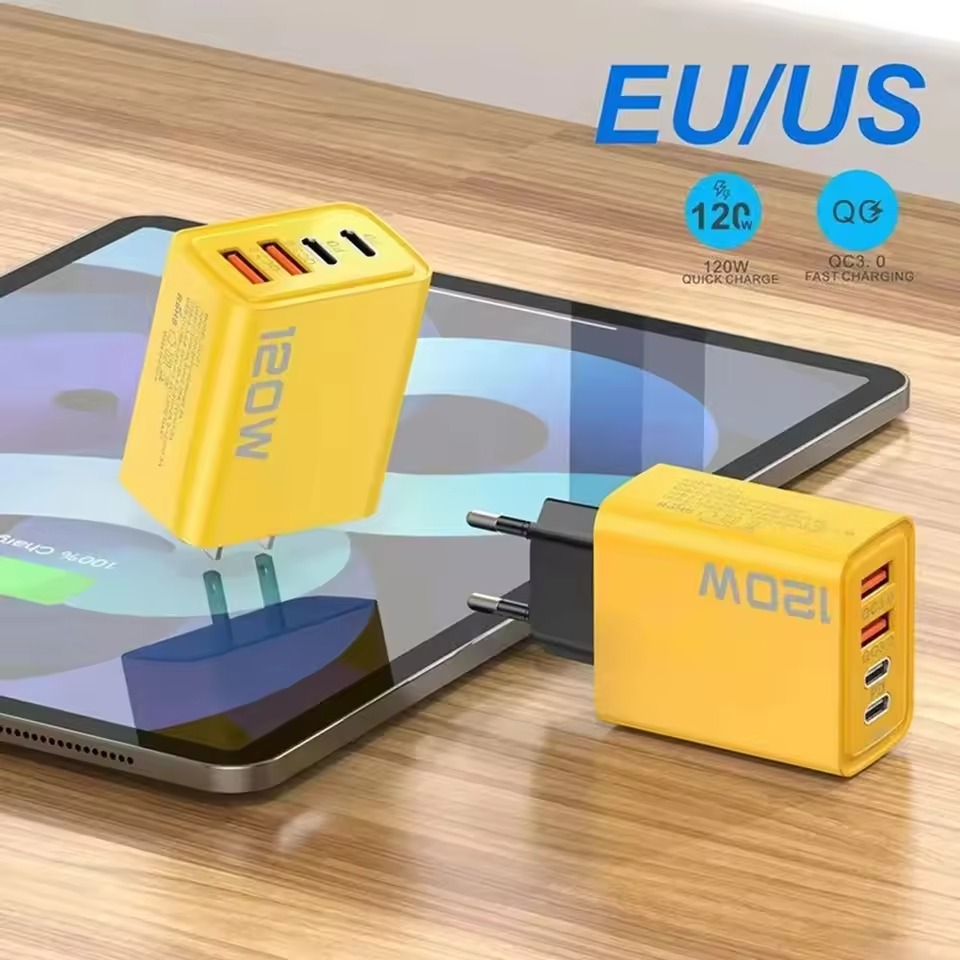
Safety and Certification
When buying a USB charger, consider safety and certification to protect both your devices and yourself.
UL Certification
UL certification means a USB charger meets strict safety standards. Look for this mark to ensure your charger has undergone rigorous testing for safety risks. Chargers with UL certification tend to be more reliable and trustworthy. Remember, not all USB chargers have this important certification, so always check.
Built-in Safeguards
Chargers should have built-in safeguards to prevent common issues. These include protection against overcharging, overheating, and short-circuiting. Safeguards extend the life of both the charger and the connected devices. Verify that the USB charger you choose includes these essential safety features. They are a sign of quality and commitment to user safety.
Brand and Price Comparison
When it’s time to purchase a USB charger, brand reputation and price are crucial factors to weigh. This section will guide you through these considerations to make an informed choice.
Recognized Brands
Opting for a charger from a recognized brand can offer peace of mind. Renowned brands often invest more in quality, reliability, and customer service. Look for brands with a history of positive reviews and a strong presence in the electronics market. Brands like Anker, Belkin, and Samsung are examples that usually meet high standards for USB chargers.
When you choose a brand that’s widely appreciated, you are also paying for consistent performance and after-sales support. Still, remember that some lesser-known brands might offer quality products at competitive prices, so keep an open mind.
Budget-Friendly Options
If you are on a tight budget, there are still many USB chargers that provide good value. It’s important to compare features and safety with the price. Sometimes, a budget-friendly charger might miss out on some advanced features or have fewer ports. Brands such as Aukey and RAVPower offer chargers that strike a balance between affordability and functionality.
To ensure you’re making a wise investment, check for essential specifications like power output and safety certifications, even when considering budget options. In some cases, promotions or discounts can make a higher-priced, higher-quality charger more accessible. Always prioritize safety and compatibility with your devices over price alone.

Additional Features to Consider
Besides the key specifications, there are extra features worth considering in a USB charger. These enhance usability and offer added convenience.
Travel-Friendly Design
When choosing a USB charger, a travel-friendly design can be a real game changer. Portable chargers should be lightweight and compact, easy to pack in bags or carry-ons. Some chargers come with folding plugs or interchangeable plug heads. These are ideal for travelers and help in adapting to different outlet types globally. Also, consider a charger with a durable build to withstand the rigors of travel.
LED Indicators and Displays
LED indicators are simple yet vital features in USB chargers. They help you know when your device is charging and when it’s fully charged. Look for chargers with clear LED indicators that are easy to read. Some advanced chargers also have digital displays. These screens show real-time charging information, like voltage and current, which can be handy to monitor device health. Just ensure these displays are not too bright, as they could be distracting, particularly at night.
Customer Reviews and Ratings
Before finalizing a usb charger purchase, reading customer reviews and ratings can be enlightening.
User Experience
User experience gives real-world insight into how a charger performs. Reviews might highlight a charger’s ease-of-use, or efficiency in charging multiple devices. Look for comments on compatibility with different devices, or mention of overcharge prevention. Plus, see if other users find the charger convenient for travel or everyday use.
Longevity and Durability
Durability is key for a long-lasting USB charger. Reviews often shed light on a product’s build quality over time. Seek out feedback on how well chargers handle wear and tear. Chargers with poor durability might show issues like cable fraying or plug malfunctions. Find reviews that mention long-term reliability, and how chargers withstand regular usage. This can help you choose a product that won’t need replacing soon.
